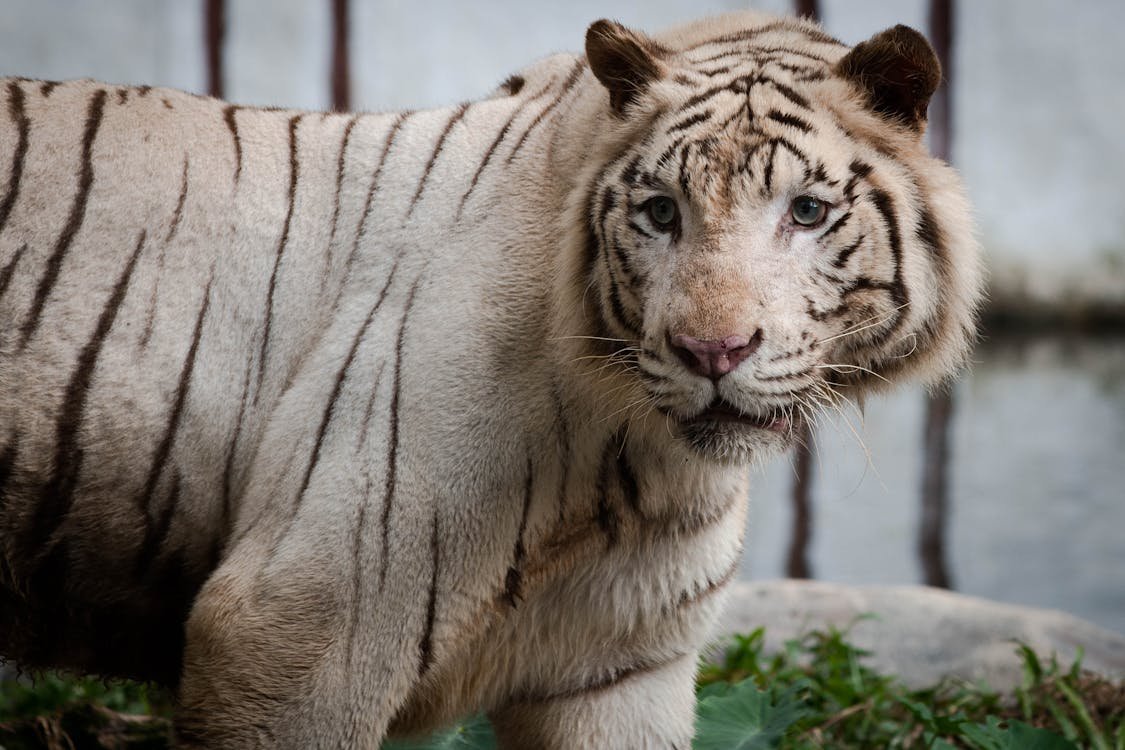The tiger, with its majestic presence and formidable prowess, has long been a symbol of strength and power across various cultures worldwide. This symbolism is deeply rooted in the tiger’s characteristics, its role in mythology, and its significance in human history. In this article, we will explore the various reasons why tigers are revered as symbols of strength and power.
1. Physical Attributes
The tiger is one of the largest and most powerful big cats in the world. With a muscular build, sharp claws, and keen senses, it is a natural predator. Its ability to stalk and hunt effectively in diverse environments, from dense jungles to open grasslands, showcases its adaptability and ferocity. This physical dominance is often mirrored in cultural representations where the tiger embodies physical strength and vitality.
2. Cultural Mythology
In many cultures, tigers hold significant mythological importance.
- Asian Cultures: In China, the tiger is one of the twelve animals of the zodiac and represents courage and bravery. The Chinese have historically associated tigers with protection against evil spirits. Statues of tigers are placed at the entrance of homes and temples to ward off negative energies. Additionally, in various Asian art forms, tigers are depicted as symbols of power, often alongside dragons, which are regarded as the ultimate symbols of strength.
- Indian Culture: In India, the tiger is revered as a symbol of power and grace. It is associated with the goddess Durga, who rides a tiger as a manifestation of her strength. The tiger is also the national animal of India, signifying strength and the need for wildlife conservation.
- Native American Tribes: Among some Native American tribes, the tiger, often referred to as a mountain lion or cougar, is seen as a protector and a guide. Its stealth and hunting skills symbolize a connection to the spirit world and the necessity of strength in survival.
3. Symbol of Leadership and Authority
Throughout history, the tiger has often been used as a symbol of leadership and authority. In various emblems and insignias, tigers represent strong leadership qualities, bravery, and the ability to lead with confidence. This association is particularly evident in military insignia and national symbols, where the tiger is employed to evoke a sense of strength and resilience.
4. Art and Literature
The tiger’s representation in art and literature further cements its status as a symbol of power. In literature, tigers often appear as characters embodying raw strength, ferocity, and cunning. Famous works, such as “Life of Pi” by Yann Martel, illustrate the tiger as a complex symbol of survival and strength.
In visual arts, tigers are frequently depicted in paintings, sculptures, and textiles. The vibrant colors of their fur and the intensity of their gaze captivate audiences, serving as a reminder of their majestic power.
5. Conservation and Environmental Significance
In contemporary times, the symbolism of the tiger also extends to themes of conservation and environmental strength. As apex predators, tigers play a critical role in maintaining the balance of their ecosystems. Their dwindling populations have raised awareness about wildlife conservation, and efforts to protect these magnificent creatures have become symbolic of broader environmental movements. The strength to protect and preserve nature is mirrored in the symbolic presence of the tiger in various conservation campaigns.
Conclusion
The tiger stands as a powerful symbol across cultures, representing strength, bravery, and authority. From its impressive physical prowess to its rich presence in mythology and art, the tiger captures the essence of power in both the natural and cultural worlds. As we continue to admire and respect these magnificent creatures, we are reminded of the deeper connections we share with nature and the importance of preserving these symbols of strength for future generations.

